Approaching the mystery of sleep and the circadian clock
Toward a systems biology that contributes to the understanding of humans
Systems biology is an academic field that has developed in close association with the life sciences, systems engineering, and information science to understand life phenomena as systems. Systems biology is composed of the following four areas.
- (1)Systems identification (identification of system components)
- (2)Systems analysis (analysis of the relationships among components)
- (3)Systems control (controlling the system to an ideal state)
- (4)Systems design (designing a system from scratch)
Ueda, the leader of this project, has been conducting research aimed at understanding life phenomena at the system level, using the biological clock and sleep as model systems. During this time, he has experienced the decoding of the human and mouse genomes, the emergence of omics research such as the transcriptome, proteome, and metabolome, the development of instruments such as DNA microarrays and next-generation sequencers, and the development of bioinformatics.
In the ERATO Ueda project, we would like to apply the systems biology approach that we have tried at the level of cells and mice to humans. Using sleep as a model, we hope to reach a common "knowledge" that transcends life hierarchy (molecular, cellular, individual) and life species (mouse/human) and define the desirable state (health) of the system. We also want to analyze the mechanism by which the system shifts to an undesirable state (disease).
In this page, we introduce the research we have conducted so far.
Reference.
NHK Radio Science and Humanity "Approaching the Mystery of Sleep and the Circadian Clock" by Hiroki R Ueda.
How the circadian clock works? (1)
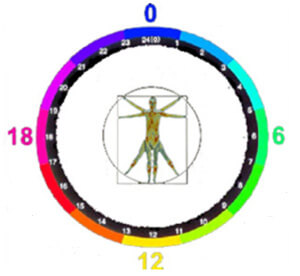
What do you think of when you hear the word "clock"? Clocks are devices used to tell time, and human-made clocks include sundials and water clocks. There is also an interesting clock called a flower clock, which uses the opening of flowers at various times as a time indicator. This suggests that the flowers know the "time" when they should bloom. In addition to plants, our bodies also have a mechanism to know time, which we call the circadian clock.
How the circadian clock works? (2)
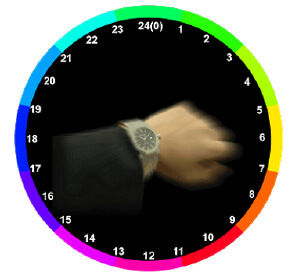
Artificial clocks can display time using hands as an example. However, clock in our body, the circadian clock, does not have such a display function. Is it possible to know the time indicated by our internal clock (body time)? The answer is "Yes". A hint on how to do this can be found in Linnea's flower clock.
How the circadian clock works? (3)
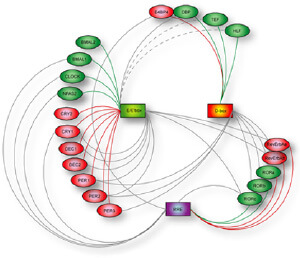
A circadian clock ticks away the time in our body. We will refer to the molecules that are important for the clock to tick as "clock molecules". There are two ways to mark time: one is to correlate the "quantity" of clock molecules with time. The other way is to correlate time with the "quality" of the clock molecule, which is marked at some times and unmarked at others.
What life science can do and cannot do
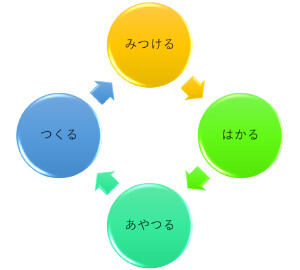
Since the beginning of the 21st century, dramatic changes have occurred in the life sciences. The most important event was the decoding of the genome. Another important event was the beginning of attempts to create and understand the mechanisms of life through synthetic biology. Systems biology, which identifies the components of living systems, analyzes their relationships, controls them based on the results, and designs them from scratch, has evolved along with these dynamic changes in the research environment. We would like to look back on the progress of life science over the past 20 years and consider what life science can and cannot do.
History of tissue-clearing (1)
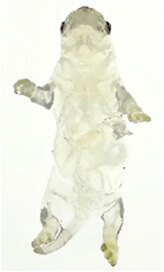
In the early 20th century, the German anatomist Dr. Spalteholz pioneered the development of "tissue clearing." Just as scientists have decoded genome sequences to catalog entire genes (genomes), we are challenging ourselves to catalog entire cells using tissue clearing technology (whole-organ cell profiling). Our first success in tissue clearing was done in 2014.
History of tissue-clearing (2)
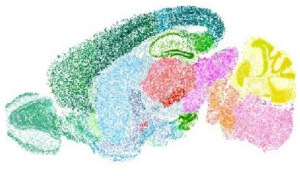
Between 2015 and 2020, our methods evolved. We laid the chemical groundwork for tissue-clearing and devised a method to analyze deep structures at high resolution. We succeeded in making the whole body of a mouse, including bones, the brain of a small primate (marmoset), and human tissue transparent. This discovery was of great significance in pathology.
Past and present of sleep research (1)
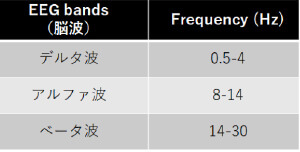
Sleep research has a long history, but "what sleep is for" and "how sleep is controlled" have long remained a mystery. The definition of "sleep" was made through the discovery of electroencephalogram (EEG). This made it possible to distinguish between wakefulness, REM sleep, and NREM sleep.
Past and present of sleep research (2)
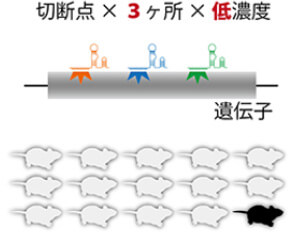
To clarify what genes are important for sleep regulation, the key issue has been how to efficiently create genetically modified mice. The advent of gene editing technology has revolutionized the life sciences and greatly accelerated the process of genetic modification. We have developed two innovative technologies (the triple CRISPR method and the ES mouse method) and established a highly efficient method for creating genetically modified animals that will change the way life science is conducted. As for analysis methods, we have developed a technology (Snappy Sleep Stager; SSS) that can perform sleep analysis in parallel on a large scale.
Past and present of sleep research (3)
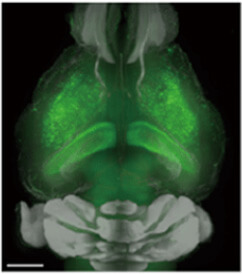
One of the biggest mysteries left in sleep research is the nature of sleepiness. For a long time, sleepiness has been studied based on the idea that it is caused by the accumulation of sleep-inducing substances, but it seems that this idea alone is not sufficient. Another way of thinking about it is that when a "sleep substance" is marked, sleepiness accumulates, and when the mark disappears, sleepiness disappears. The hypothesis that calcium leads to sleep was derived from a mathematical model based on the assumption that a single neuron "sleeps" and was experimentally tested using genetically modified mice.
Past and present of sleep research (4)
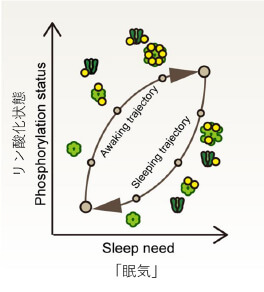
The behavior of calcium ions seems to be related to the state of sleep and wakefulness. If there is a mechanism by which calcium behavior is stored in cells, it is likely to be the identity of the "sleep substance," whose quality changes with sleepiness. A well-known protein that records calcium behavior is a kinase called CaMK2. This is an enzyme that is activated by autophosphorylation when calcium binds to it. This change in phosphorylation is thought to be a marker of sleepiness. We are analyzing the relationship between the CaMK2 gene and sleep.
Past and present of sleep research (5)
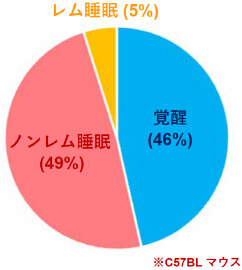
Sleep can be divided into deep non-REM sleep and light REM sleep. We tend to dream during REM sleep, but we can also dream during non-REM sleep. We will consider why REM and non-REM sleep are cyclically repeated during sleep, and consider the role of REM sleep from the perspective of evolution and development.
Past and present of sleep research (6)
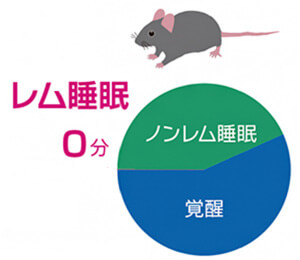
Research on the molecular basis of REM sleep had not progressed, and the genes essential for REM sleep (REM sleep genes) were unknown. We arrived at the discovery of REM sleep genes by searching for genes that are specifically expressed in brain regions thought to be important for sleep regulation. As a result, we succeeded in discovering that the genes encoding muscarinic acetylcholine receptor (Chrm1 and Chrm3) are REM sleep genes.
Past and present of sleep research (7)
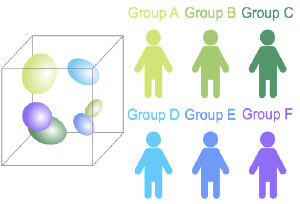
So far, I have discussed circadian clock research, tissue clearing, and sleep. We will also discuss the unsolved mysteries of sleep, the nature of consciousness, inhalation anesthesia, hibernation and daily torpor, and consider the difference between sleep and death and the social significance of sleep measurement.
